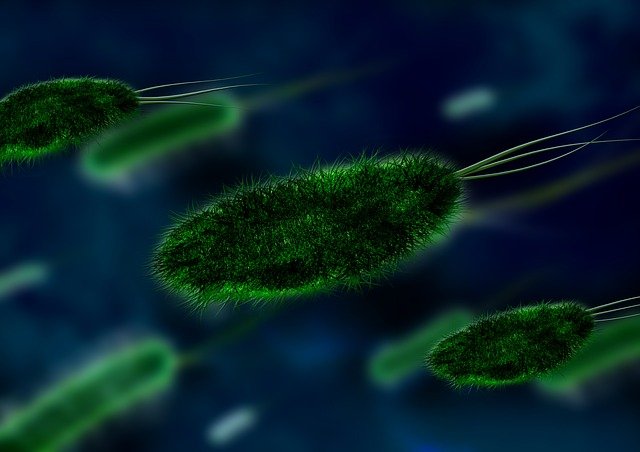Both viruses and bacteria are invisible to the naked eye and they are responsible for causing different types of health symptoms such as coughing, sniffing, and fever. But you need to know their differences to start the proper medications.
As bacteria are developing high resistance against antibodies, it’s extremely important to know their differences. This is because antiviral won’t prove effective for bacteria and antibiotics won’t prove effective for viruses.
Effective as well as rapid resting is extremely important so that we can treat the offending microorganisms properly. If you consider the biological level, the primary difference between them is that bacteria are free-living cells that are capable of living outside or inside the body. On the other hand, viruses are a non-living collection of molecules that cannot survive without a host.
Some specific bacteria in our body, also known as good bacteria, help maintain overall healthy functionality. Here’s everything you need to know about the differences between viruses and bacteria.
What are Bacteria?
The bacteria are the simplest and the smallest cells with floating and free genetic materials. These single-cell organisms can be spiral, rod, or spherical. There are two primary types of bacteria: Gram-positive and Gram-negative. The difference between these two is that the Gram-negative bacteria have an extra outer membrane. This works as an extra line of defense that prevents the antibiotics from penetrating. This is why the gram-negative bacteria is not only extremely hard to skill but also capable of developing resistance quickly. Click on the website MyBioSource.com to know more.
Remember that the ground contains both dangerous and beneficial bacteria. This is why many people wear gardening gloves to protect themselves from exposing them to harmful bacteria.
The bacteria are responsible for controlling the digestive system of the human and focus on energy metabolism, brain function, digestion, and general well-being. But if the balance of the healthy bacteria is affected, you will suffer from health issues.
What Are Viruses?
Viruses are different types of molecules that contain numerous genetic materials with a protein coat. Sometimes the viruses can also contain a layer of fat, also known as an envelope. The viruses are also available in different sizes as well as shapes.
Viruses that contain a layer of fat can be skilled by simple hand washing as the soap is capable of damaging the fatty layer. Remember that viruses aren’t capable of reproducing on their own. However, they can also survive on surfaces. As per Healthline, sweating is a common symptom of viral fever.
Viruses cannot reproduce without a living cell. This is why they need to enter the human body to live. Once they get inside the human body, they force all the cells to make new viruses.
Importance of Telling Their Differences
It’s extremely important to know whether your health conditions are affected by bacteria and viruses so that the doctors can prescribe the proper medicine to treat the illness. This way you can also avoid using antibiotics unnecessarily as they might make your body antibody-resistant.
If you’re suffering from a viral fever, the doctors won’t prescribe you antibiotics as they won’t prove effective.
Conclusion
These are the primary differences between bacteria and viruses. What are your thoughts? Make sure you share with us in the comment box below.



